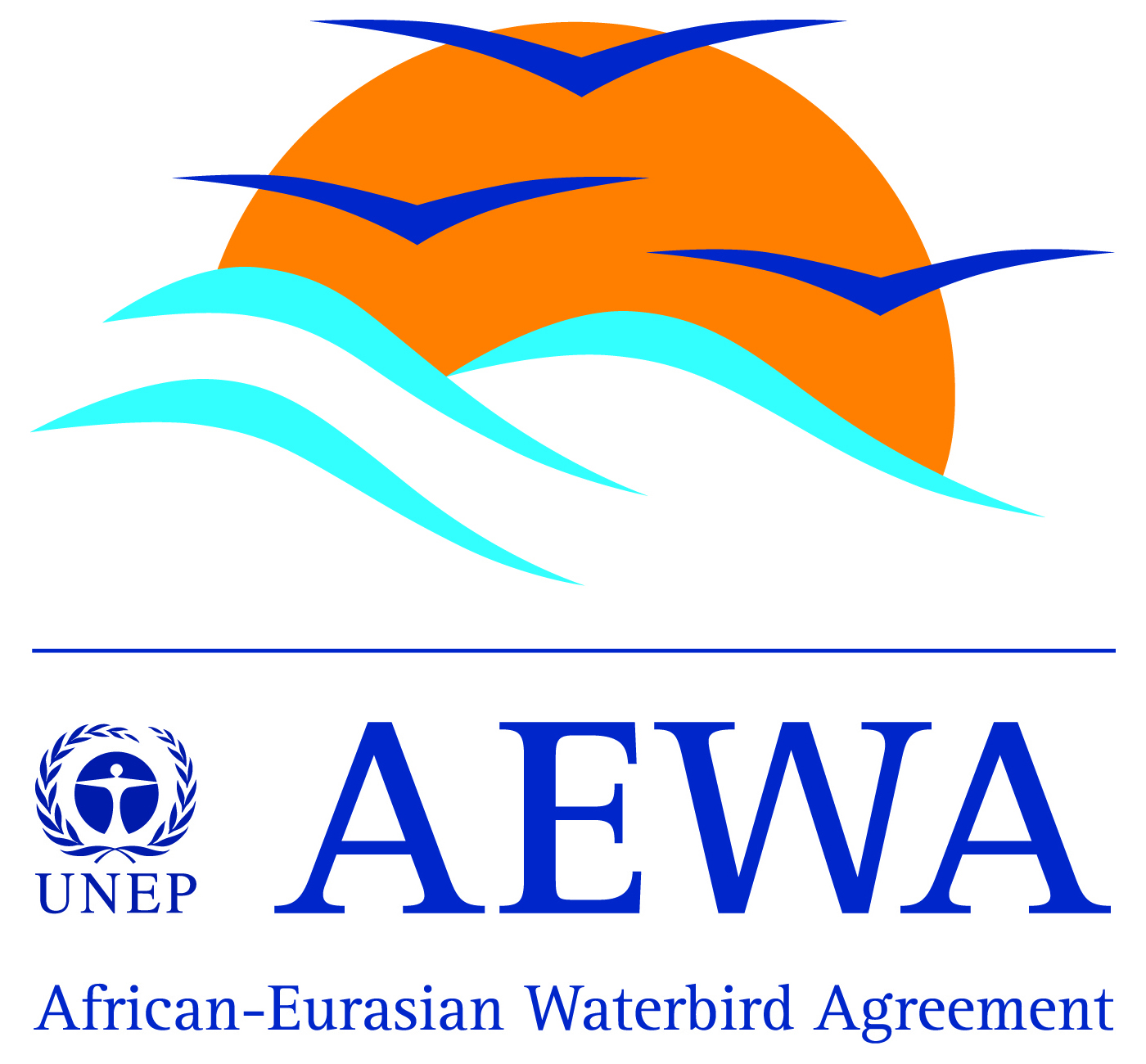Effects of thermal and hydric conditions on egg incubation and hatchling phenotypes in two Phrynocephalus lizards
-
Published source details
Tang X.L., Yue F., Ma M., Wang N., He J. & Chen Q. (2012) Effects of thermal and hydric conditions on egg incubation and hatchling phenotypes in two Phrynocephalus lizards. Asian Herpetological Research, 3, 184-191.
Published source details Tang X.L., Yue F., Ma M., Wang N., He J. & Chen Q. (2012) Effects of thermal and hydric conditions on egg incubation and hatchling phenotypes in two Phrynocephalus lizards. Asian Herpetological Research, 3, 184-191.
Actions
This study is summarised as evidence for the following.
| Action | Category | |
|---|---|---|
|
Alter incubation temperatures to achieve optimal/desired sex ratio: Snakes & lizards Action Link |
|
|
|
Relocate nests/eggs for artificial incubation: Lizards Action Link |
|
-
Alter incubation temperatures to achieve optimal/desired sex ratio: Snakes & lizards
A replicated study in 2011 in Gansu, China (Tang et al. 2012) found that altering the incubation temperature of eggs from two species of toad-headed agamas Phrynocephalus przewalskii and Phrynocephalus versicolor did not influence the sex ratio of hatchlings. Sex ratio of hatchlings for Phrynocephalus przewalskii (61:53 ratio of females to males) and Phrynocephalus versicolor (50:36 ratio of females to males) were not affected by incubation temperature or moisture content of incubation medium. In addition, the highest temperature resulted in lower hatching success for both species (Phrynocephalus przewalskii: 34°C: 32–36%; 26–30°C: 40–53%; Phrynocephalus versicolor: 34°C: 11–22%; 26–30°C: 52–76%), although this result was not tested statistically. In 2011, wild female lizards of both species were captured and housed in groups of 15 in cages (800 x 360 x 400 mm) with a sand substrate. Temperatures of 25–37°C were available during the day and were 20°C at night. Eggs were collected (Phrynocephalus przewalskii: 263 eggs from 101 females; Phrynocephalus versicolor: 185 eggs from 66 females) and assigned to three temperature (26, 30, 34°C) and two moisture level (2 g water/5 g vermiculite, 2 g water/8 g vermiculite) treatments. Eggs were incubated in plastic containers (150 ml).
(Summarised by: William Morgan)
-
Relocate nests/eggs for artificial incubation: Lizards
A replicated study in 2011 in Gansu, China (Tang et al. 2012) found that after bringing females of two species of toad-headed agamas Phrynocephalus przewalskii and Phrynocephalus versicolor into captivity to lay eggs, less than half artificial incubated eggs hatched successfully, and hatching success was lower at the highest incubation temperature. Hatching success was lowest at the highest incubation temperature for both species (Phrynocephalus przewalskii: 34°C: 32–36%; 26–30°C: 40–53%; Phrynocephalus versicolor: 34°C: 11–22%; 26–30°C: 52–76%), although this result was not statistically tested. Moisture content of the incubation medium had no effect on hatching success. Incubation period decreased at higher temperatures for both species (26°C: 44–46 days; 30°C: 31–33 days; 34°C: 23–26 days). In 2011, wild female lizards of both species were captured and housed in groups of 15 in cages (800 x 360 x 400 mm) with a sand substrate. Temperatures of 25–37°C were available during the day and were 20°C at night. Eggs were collected (Phrynocephalus przewalskii: 263 eggs from 101 females; Phrynocephalus versicolor: 185 eggs from 66 females) and assigned to three temperature (26, 30, 34°C) and two moisture level (2 g water/5 g vermiculite, 2 g water/8 g vermiculite) treatments. Eggs were incubated in plastic containers (150 ml).
(Summarised by: William Morgan)
Output references
|
|





)_2023.JPG)














